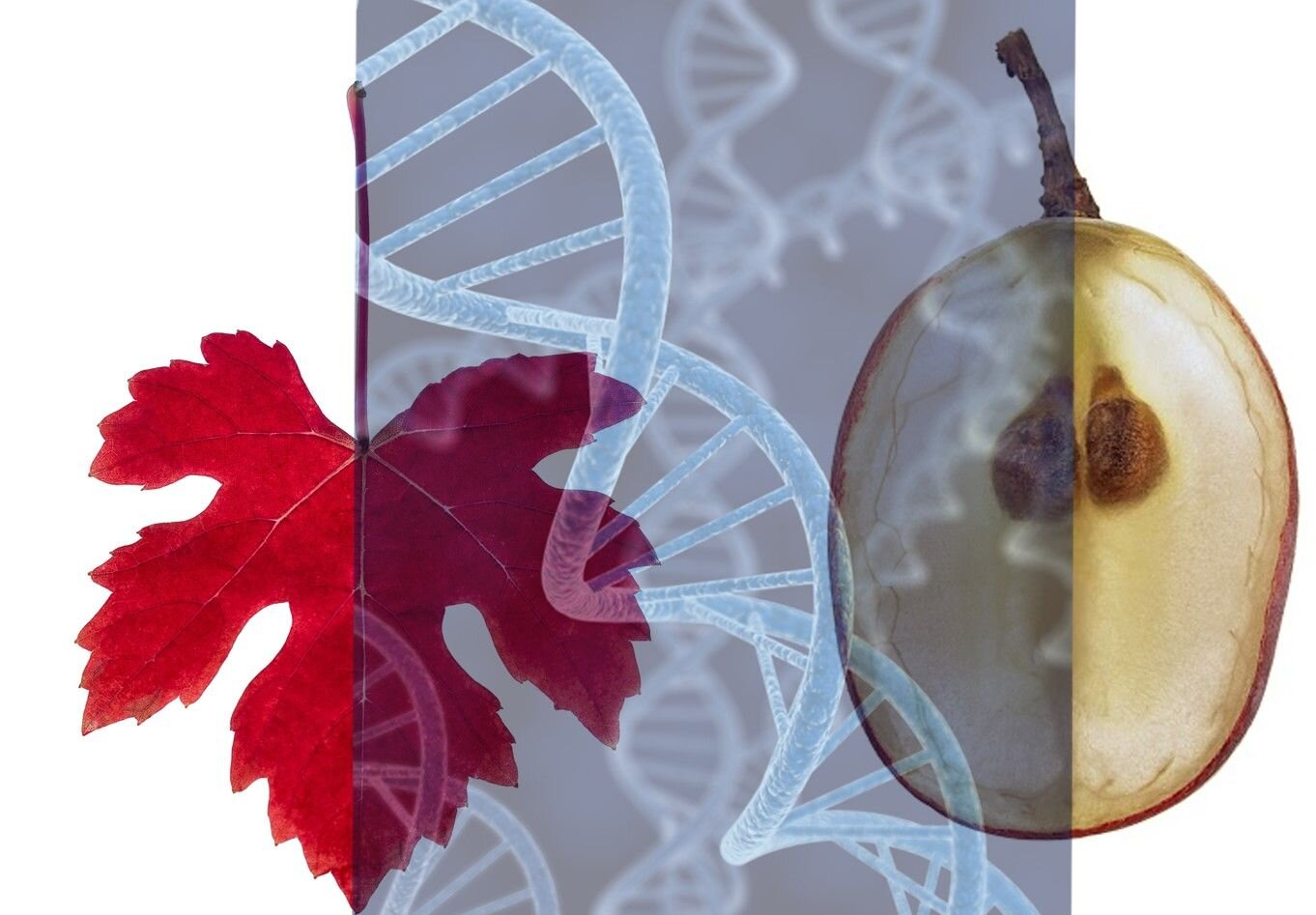Crop protection: Biohacking against fungal attacks
Date: 22.7.2022
Harmful fungi cause enormous agricultural losses. Conventional techniques for combating them involve the use of poisonous fungicides.
 Researchers at Karlsruhe Institute of Technology (KIT), working with partners from Germany, France, and Switzerland on the DialogProTec project, have developed environmentally safe alternatives that trick the pathogens' chemical communication with plants. Now that the research has been completed, the new technology is ready for use.
Researchers at Karlsruhe Institute of Technology (KIT), working with partners from Germany, France, and Switzerland on the DialogProTec project, have developed environmentally safe alternatives that trick the pathogens' chemical communication with plants. Now that the research has been completed, the new technology is ready for use.
Conventional plant protection usually involves the use of poisonous fungicides to fight fungal diseases like esca. In DialogProTec, the researchers have developed a completely new approach that works without any environmentally hazardous toxins. "In nature, organisms interact using chemical signals. We've been able to identify some of the signals between the host and the pathogen, and to manipulate them," says Wolf, who adds that this "biohack" is precise and effective and has a minimal ecological footprint.
To develop the new methods, the KIT-led project founded an interdisciplinary research network including specialists in botany, fungal genetics, microsystem technology, organic chemistry, and agricultural sciences. The network used about 20,000 fungus strains from the collection at the Institute of Biotechnology and Drug Research (IBFW) in Kaiserslautern and about 6,000 plant species from KIT.
The researchers didn't need to work with entire plants and fungi to identify and exploit the right signals. Instead, they worked with individual cells. A microfluidics chip jointly developed with KIT's Institute of Microstructure Technology served as the basis for a miniature ecosystem.























